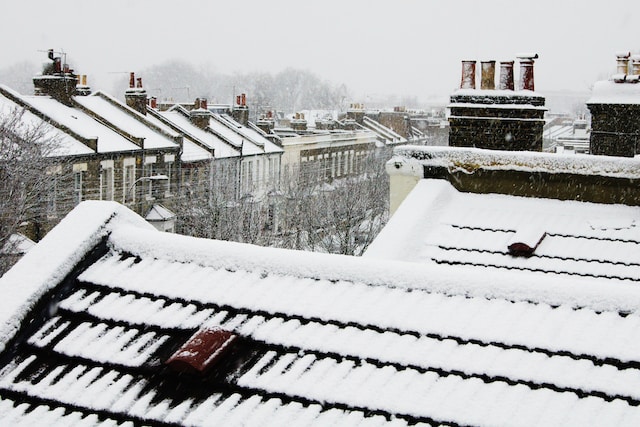Any occupation that requires working at heights comes with inherent risks, and roofing is no exception. Fortunately, there are multiple ways to minimize the hazards that can lead to nonfatal and fatal injuries.
Safety equipment such as a safety harness is essential. A sturdy ladder is also a must. A hazard assessment should be conducted to identify and address potential issues that could cause harm.
Prevent Injuries
Winter is a beautiful time of year, blanketed in white snow and adorned with sparkling icicles. It’s a season many people love, but it can also be hazardous and cause numerous injuries. This is why educating yourself on such winter safety tips is so important. These can help prevent slips and falls, among the most common causes of workplace accidents in winter, leading to concussions, fractures, herniated discs, and more. The right safety equipment can help prevent these kinds of serious accidents. For example, using predictive monitoring technologies to determine when a roof needs to be cleared will help prevent workers from being exposed to dangerous conditions on the job.
Reduce Maintenance Costs
Implementing predictive maintenance requires a significant upfront investment but is worth the cost. Studies have shown that a well-functioning PdM program can yield 30-40% savings in operational costs, material spending and inventory carrying costs. Using sensors, condition monitoring technology detects small changes in equipment performance that could indicate an impending failure. This allows you to perform maintenance before the equipment fails, preventing costly downtime. For example, acoustic metering uses sound waves to measure the friction and stress on rotating equipment. It can hear vibrations in the 20- to 100-kilohertz range, indicative of deterioration that isn’t as easy to spot with traditional methods. Make sure you choose the right sensors for each piece of equipment and the correct software to analyze them. For instance, infrared thermography is ideal for equipment that leaks air or steam, while vibration analysis works best on fast-rotating machinery. Other sensor options include oil analysis, sonic testing, and acoustic monitoring.
Prevent Downtime
With an hour of downtime costing $100,000 or more, industrial manufacturing businesses need to be able to resolve problems quickly. Predictive monitoring tools help prevent downtime by allowing support teams to isolate and address issues sooner. Heavy loads of snow on the roofs of buildings can cause ice dams, which prevent melting snow from draining off the top and can damage shingles or even lead to structural stress. These issues can result in costly roof repair, damage to insulation and water leaks in other building areas.
Prevent Damage
When snow is allowed to build up on a roof, it can cause various problems, including ice dams and structural damage to the building. Keeping snow as low as possible is important to minimize these potential problems. This can be accomplished by regularly removing snow from the roof using long-handled devices. It is also a good idea to clear the gutters so that melting snow doesn’t go back into the house. It is important to know that ice dams can lead to significant water damage and roof collapse if not addressed in time. These ice dams occur when the melted snow melts and refreezes on the roof surface, creating an icy barrier that pushes water under the shingles and into walls and ceilings. If not addressed, this can result in many issues, including water leaks and mold. Even with insurance policies covering property damage caused by snow, this type of damage can be costly to remediate.

